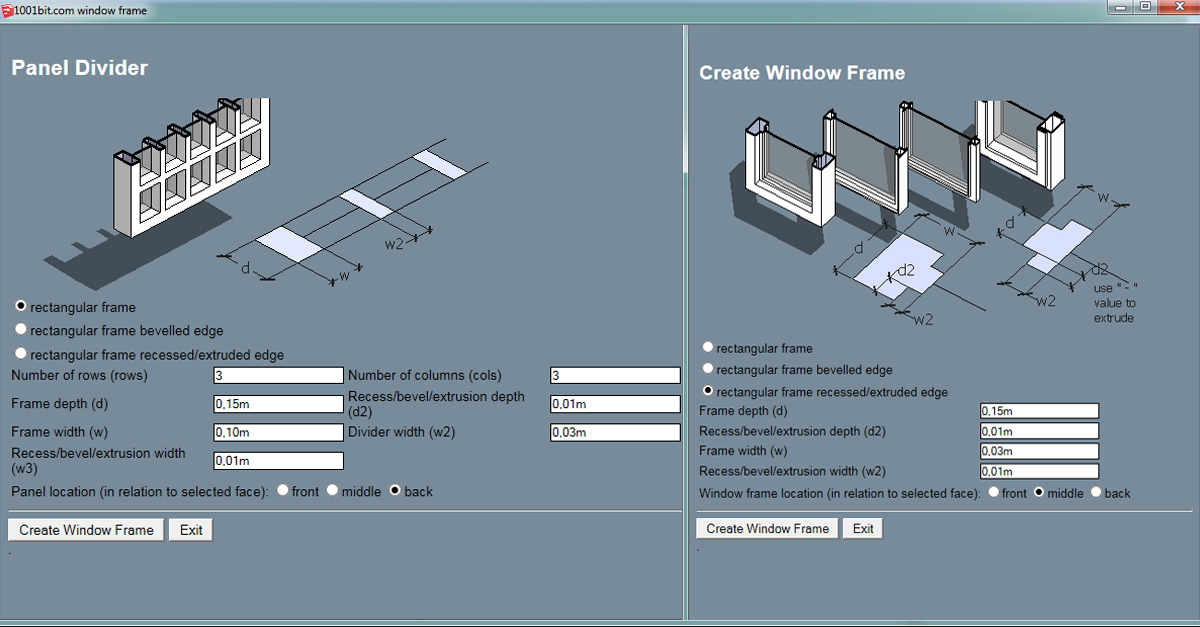

It can be a bit clunky at times, but if you spend some time working out the UI kinks you can produce detailed building models in half the time as using SketchUp’s factory toolset.

It adds a toolset that allows users to quickly create architectural components such as stairs, window openings, roofs, and guardrails. This SketchUp extension is perfect for architects, engineers, and interior designers. The interface is seamless, easy to use, and quick to producing photorealistic results the program is known for. Not only can vRay transform your SketchUp model into a world-class visualization tool, it does so almost effortlessly. There were rendering plugins before vRay, but there are none that provide the level of creative control and professional polish as the world’s most used rendering engine. The moment vRay released a proper rendering plugin for SketchUp one could loudly hear the collective screams of visualization nerds everywhere.

However, with these 7 plugins, you can begin to transform Google’s 3D modeling program into a true powerhouse. So, how does one unlock this power? Admittedly, the out of the box version of SketchUp doesn’t do everything a seasoned artists might want out of visualization software. It also happens to be free, offering professionals and novices alike the same opportunity to digitally create something all their own. People use SketchUp because their grandmother can understand it, and because there is a quickness and ease that comes along with using it. Today, SketchUp is not only the most widely accessible and used 3D modeler in the world, it has the ability to be just as powerful a visualizer as those aforementioned titans of the industry. For years, the free 3D modeling program your grandmother could understand came packaged with a heavy spoonful of stigma that marked it as inferior, and somehow less legitimate as established entities such as 3DS Max, Maya, and Rhino.

The words ‘powerful’ and ‘SketchUp’ were once upon a time never uttered in connection to one another.


 0 kommentar(er)
0 kommentar(er)
